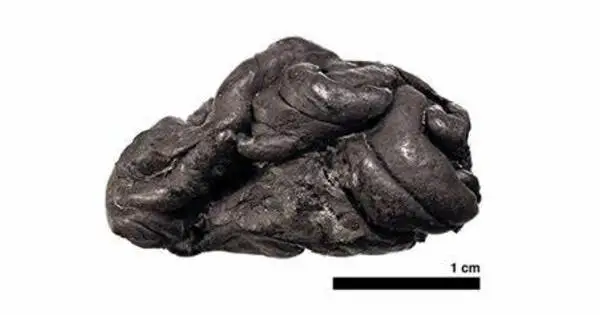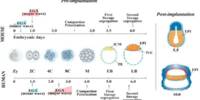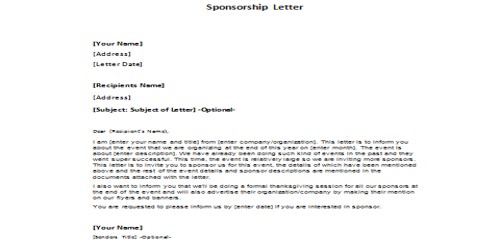Chewing gum, made from natural substances like birch bark pitch, has the advantage of preserving DNA for thousands of years. This allows scientists to gain insights into ancient human populations’ genetics, diet, and environment by studying these well-preserved artifacts. Such discoveries contribute to our understanding of prehistoric societies and their ways of life.
What was the diet of those living on Scandinavia’s west coast 10,000 years ago? A recent investigation using chewing gum’s DNA reveals that hazelnuts, fish, and deer were staple foods. It also demonstrates that one of the people had serious dental issues.
A group of people camped on Scandinavia’s west coast, north of what is now Göteborg, around 9,700 years ago. They had been hunting, fishing, and gathering food-producing materials. And some teens, guys and girls alike, had just finished gorging on hazelnuts and trout and were now chewing resin to make glue. Due to a bad case of periodontitis (severe gum infection that can lead to tooth loss and bone loss), one of the teenagers had problems eating the chewy deer meat, as well as preparing the resin by chewing it.
We had to apply several computational heavy analytical tools to single out the different species and organisms. All the tools we needed were not ready to be applied to ancient DNA, but much of our time was spent on adjusting them so that we could apply them.
Andrés Aravena
We know this because an international research team has been working with the chewed resin from Huseby Klev for some time. “There is a richness of DNA sequences in the chewed mastic from Huseby-Klev, and in it, we find both the bacteria that we know are related to periodontitis, and DNA from plants and animals that they had chewed before,” says Dr. Emrah Kırdök, from Mersin University Department of Biotechnology, who coordinated the metagenomic work on the Mesolithic chewing gum. Emrah Kırdök started to analyze the material when he was a postdoc at the Department of Archaeology and Classical Studies at Stockholm University, but the study has grown much since then.
The site Huseby Klev on the island Orust was excavated 30 years ago. The chewed resin was found together with remains of stone tools in a context dated to c. 9700 years ago. The stone material also indicated a Mesolithic chronology. The chewed material from Huseby Klev has already generated a study on the human genetic data from three individuals, and the DNA in the material that was not of human origin has also been analyzed and published.

Identifying the different species present in the kind of mix of DNA that was present in the Mesolithic chewing gum was challenging. Dr. Andrés Aravena, from the Department of Molecular Biology and Genetics at Istanbul University spent much time on the computer analyzing the data together with Dr. Emrah Kırdök.
“We had to apply several computational heavy analytical tools to single out the different species and organisms. All the tools we needed were not ready to be applied to ancient DNA; but much of our time was spent on adjusting them so that we could apply them,” concludes Andrés Aravena. Metagenomics on ancient DNA is an expanding area, but there have yet only been a few studies on this type of chewed material.
Professor Anders Götherström, at the Centre for Palaeogenetics, a collaboration between Stockholm University and the Swedish Museum of Natural History, is the head of the project where this study was conducted. “This provides a snapshot of the life of a small group of hunter-gatherers on the Scandinavian west coast. I think it is amazing, there are other well-established methods to work out what nutrition and diet relates to the Stone Age, but here we know that these teenagers were eating deer, trout, and hazelnuts 9 700 years ago on the west coast of Scandinavia, while at least one of them had severe problems with his teeth.”
















